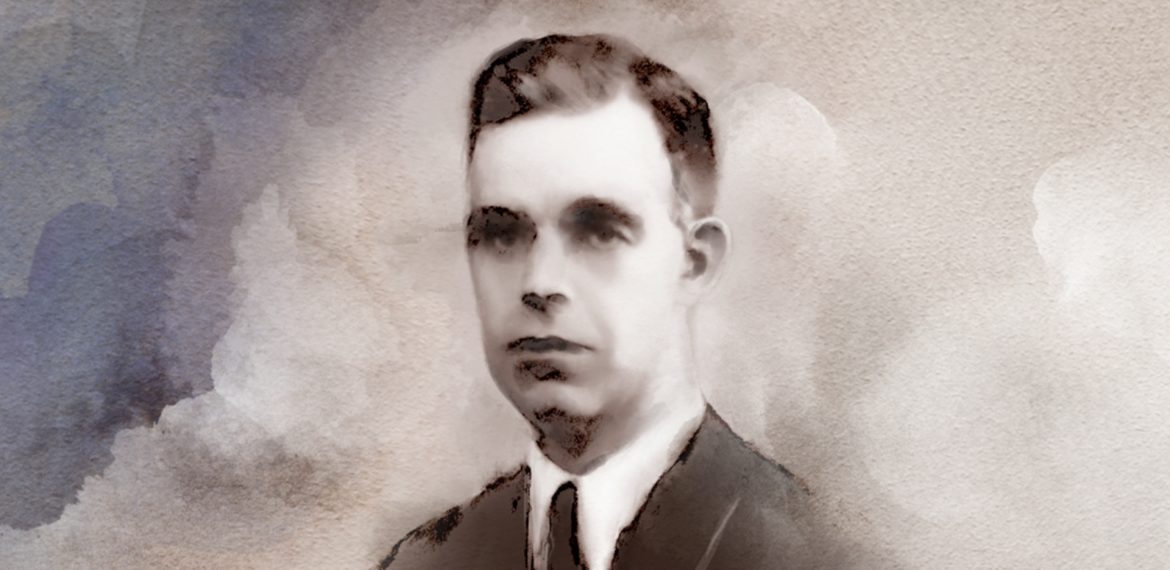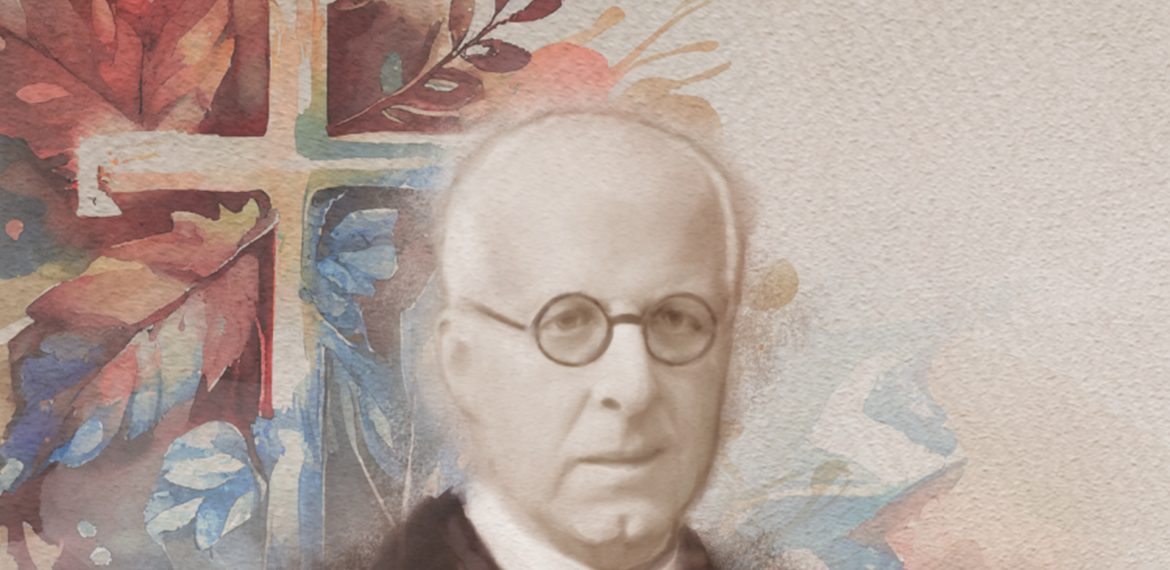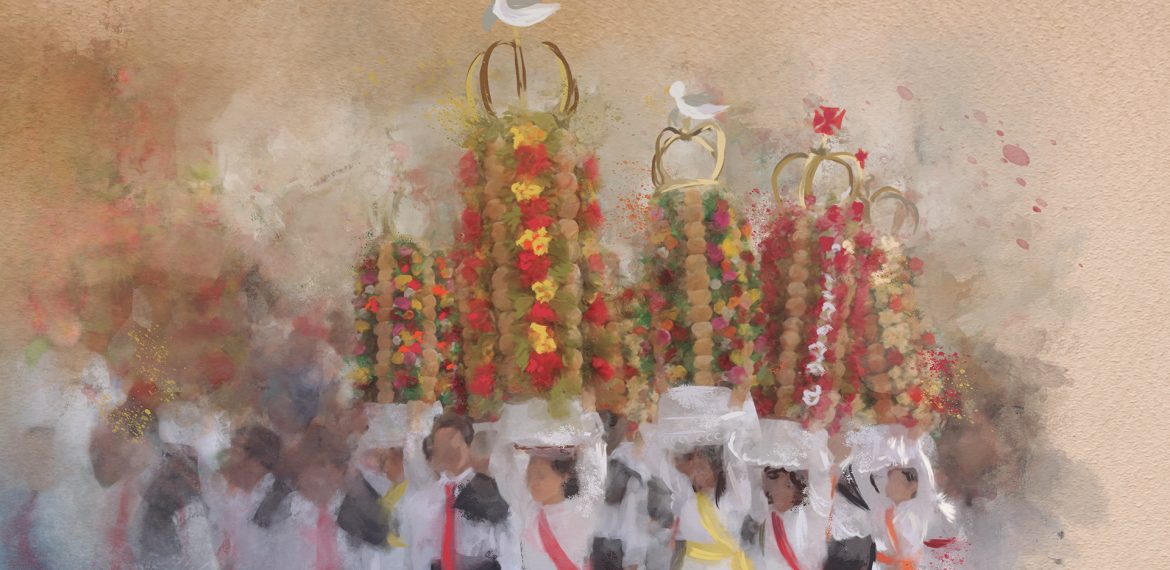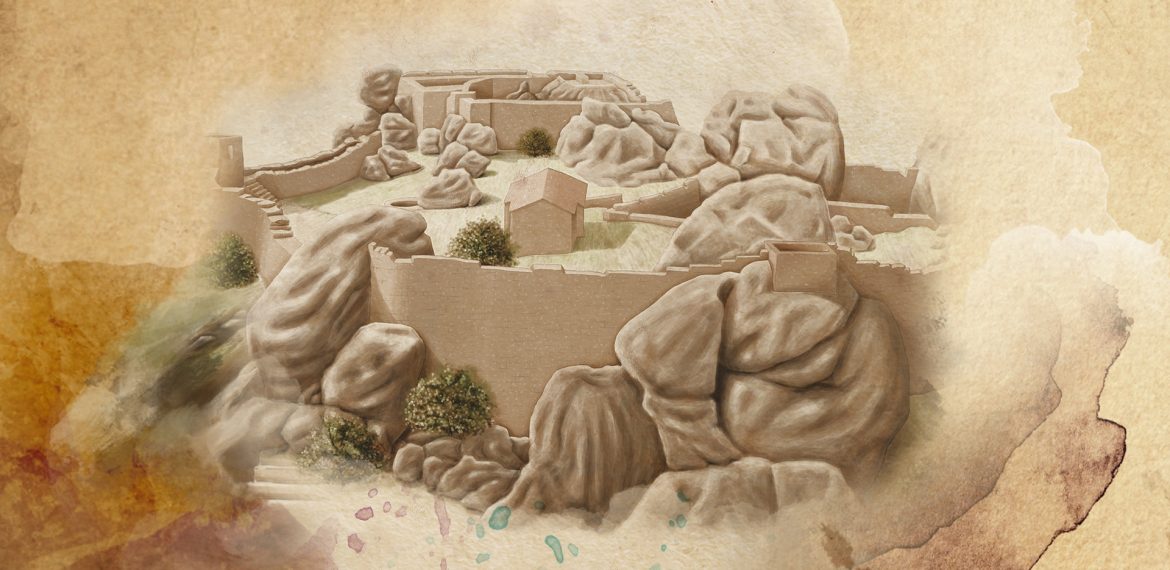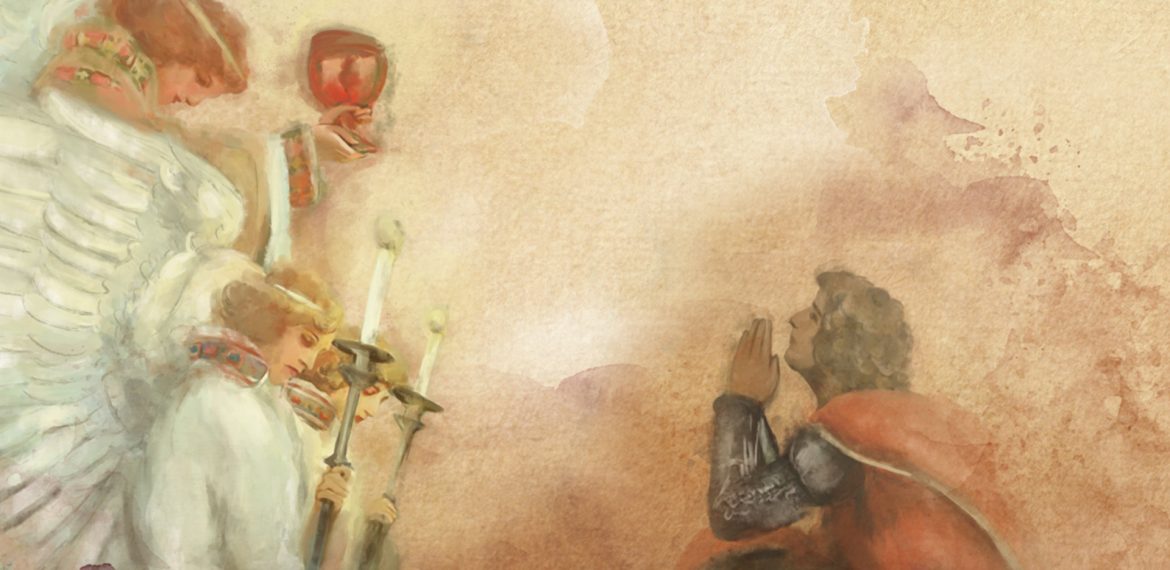Contents
Vila Galé Collection Tomar
Friar Fernando de Almeida, a professed religious of the Order of Christ, was one of the most relevant composers of the first half of the 17th century in Portugal, and is considered one of the greatest representatives of the tradition of Portuguese polyphonists that preceded the Italianisation of sacred music.
Fernando Lopes Graça was a major figure of music in Portugal in the 20th century. Composer, pianist, musicologist, and conductor, he was born in Tomar on 17th December 1906. Seduced by music from an early age, at the age of 14, he started working as a pianist at the Cinema-Theatre
Diogo de Torralva is one of the key figures in the Convent of Christ and the history of art in Portugal. He was a sculptor and an architect, and his exact provenance is not known, with Piemonte and Castile being the most likely. We do not know exactly how he
João de Castilho is one of the fundamental names in Manueline art, where he introduced the language of plateresque. Born in Merindad de Trasmiera, Cantabria, around 1470, he apprenticed in the building yards of the Burgos and Seville cathedrals. In 1508, he came to Portugal, called by the Archbishop of
Eduardo de Arantes e Oliveira was born in Tomar on 19th April 1907, and became famous for having been Minister of Public Works during the Estado Novo regime, between 2nd March 1954 and 12th April 1967. Having done his preparatory studies at the Colégio Militar, he then entered the School
Father Manuel Nunes Formigão is one of the key names in the history of the Fátima apparitions. He was born precisely in the Convent of Christ, in Tomar, on 1st January 1883, since his family lived in that building. At the age of 12, he entered the Patriarchal Seminary in
The Festival of the Trays is Tomar’s main community celebration and is one of the most charismatic collective practices and manifestations that take place in Portugal. It is held every four years, in the first days of July. The history of this celebration is connected to the cult of the
The Jewish community of Tomar is an example of the peaceful integration of the Jews in Portugal until they were expelled. Although they were a minority within the community, their economic activities were particularly respected, and they also felt free to practice their rites and religious practices. The Hebrew presence
The Monsanto Castle is located at the highest point of the “most Portuguese village in Portugal”, an attribution given by the contest promoted by the Estado Novo in 1938. Located in a place where a proto-historical hillfort and a Muslim fortress from the 10th century had been implanted, it was
The Holy Grail is the cup that Jesus Christ is said to have used during the Last Supper and from which his blood was collected during the crucifixion. This mystical object, which has fuelled myths and legends, is said to have special healing properties, among other powers. To this day,
Categories
Latest Posts
- 15 de February, 2023
- 29 de September, 2017
- 29 de September, 2017
- 29 de September, 2017
- 29 de September, 2017

